This year marks the 150th anniversary of the legendary Chisholm Trail. Named after the Scot-Cherokee trader, Jesse Chisholm, the trail was a major route for Texas livestock. In its brief existence, the cattle drive era amounted to the greatest migration of livestock in world history, with more than 5 million cattle and 5 million mustangs moving from Texas ranches to northern markets. As waypoint along the trail, Fort Worth experienced economic growth and developed a unique Western heritage as a result.
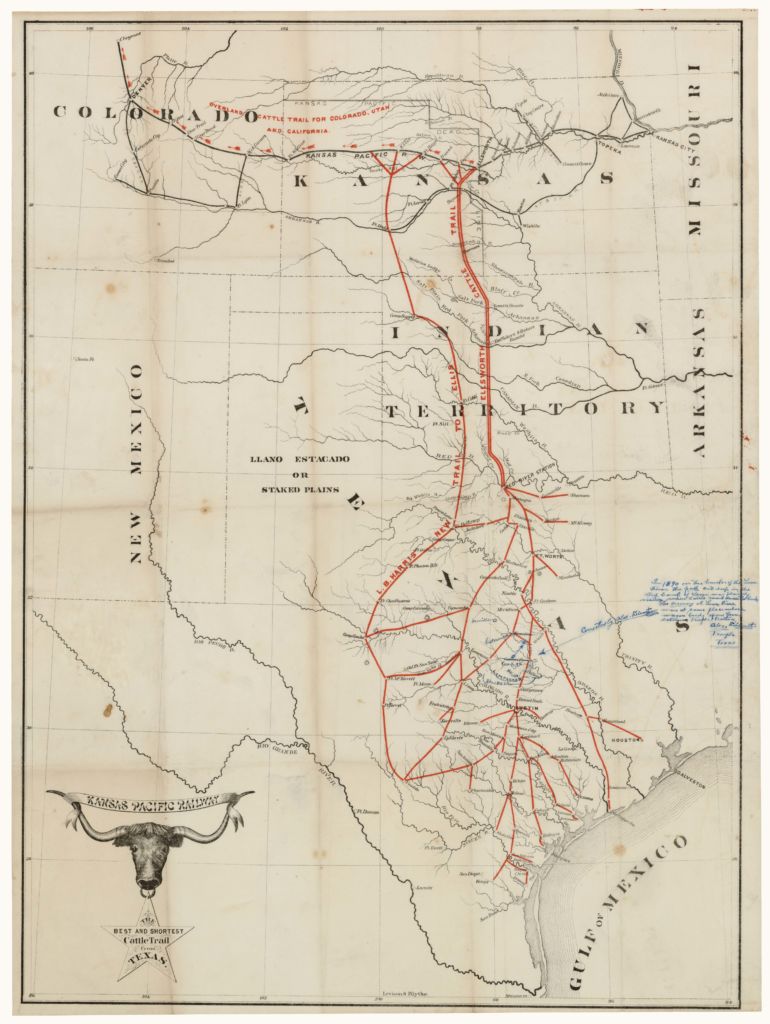
The Best and Shortest Cattle Trail from Texas, Kansas Pacific Railway Company, St. Louis, MO: Levison & Blythe, 1873, Rees-Jones Collection
The Sid will join the three-state (Texas, Oklahoma & Kansas) 2017 celebration of the Chisholm Trail with a cattle trail-era focus exhibition, Hide & Horn on the Chisholm Trail. The exhibit will feature collectors’ items about the greatest migration of livestock in world history. On loan from the Rees-Jones Collection in Dallas, visitors will view an 1873 trail map and guidebook for drovers, one of the four most important books on the cattle industry, and one of the best books about the Texas Longhorn cattle breed during the 19th century.
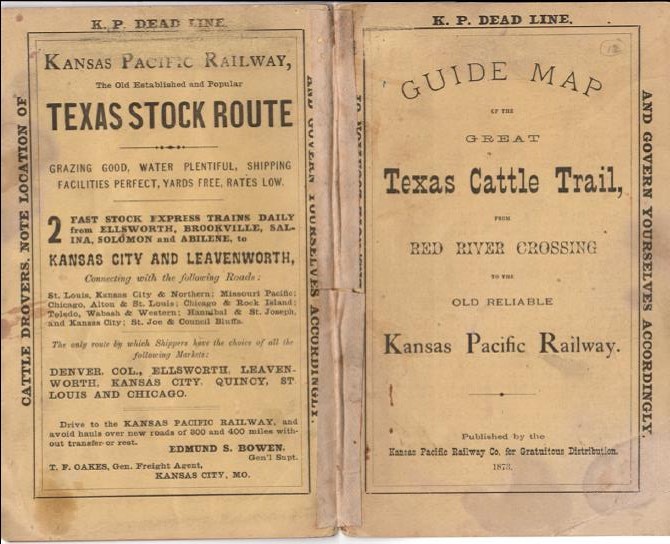
Guide Map of the Great Texas Cattle Trail, from Red River Crossing to the Old Reliable Kansas Pacific Railway, Kansas Pacific Railway Company, St. Louis, MO: Levison & Blythe, 1873, Rees-Jones Collection
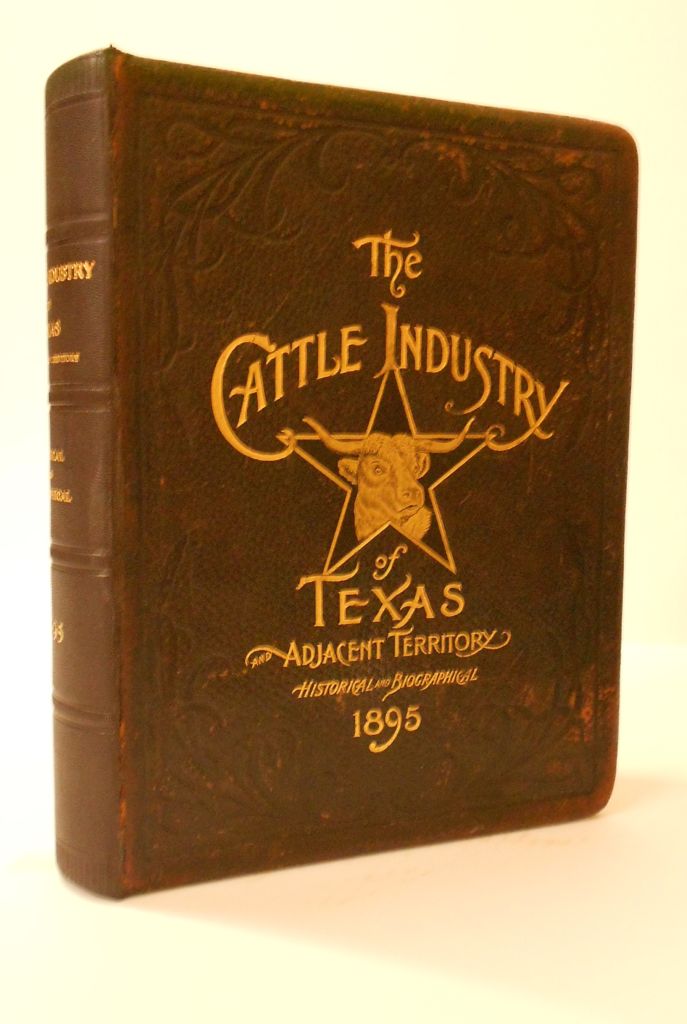
Historical and Biographical Record of the Cattle Industry and the Cattlemen of Texas and Adjacent Territory, James Cox (1851-1901), St. Louis, MO: Woodward & Tiernan Printing Co., 1895, Rees-Jones Collection
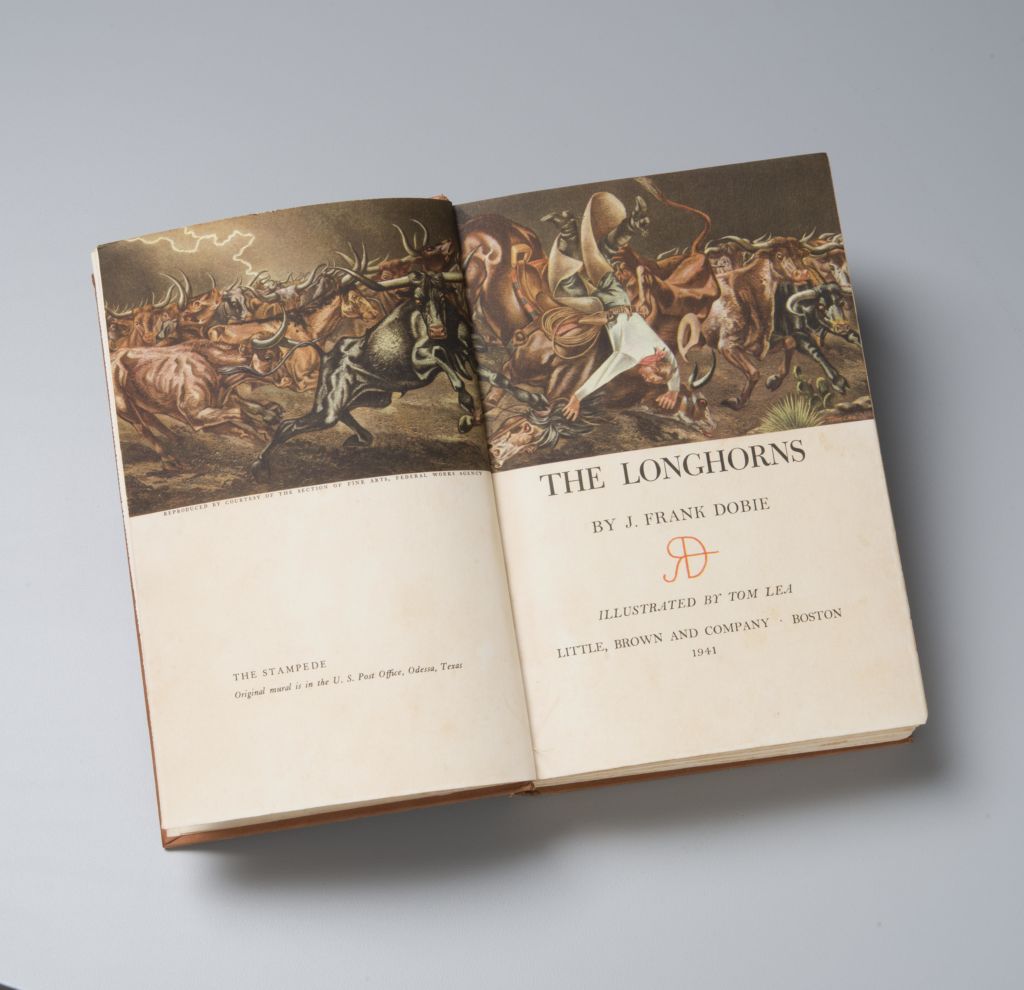
The Longhorns, J. Frank Dobie (1888-1964), Boston: Little, Brown & Co., 1941, Inscription by J. Frank Dobie to Sid Richardson, March 12, 1942, Sid Richardson Museum
Hide and Horn on the Chisholm Trail opens Friday, January 6.



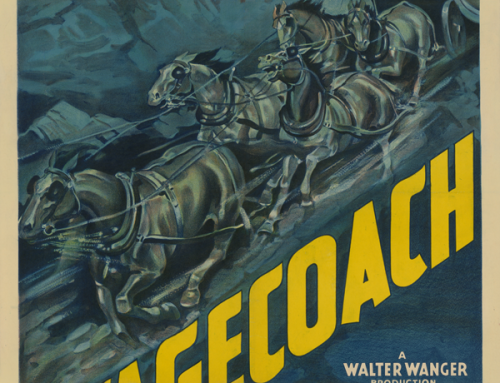
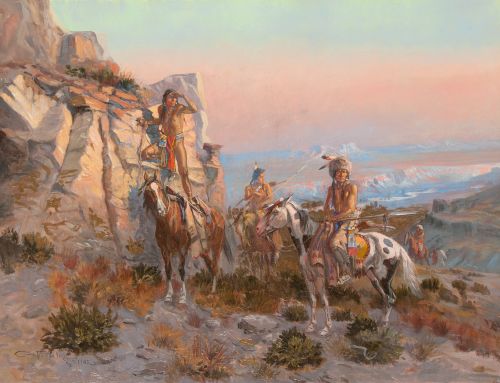
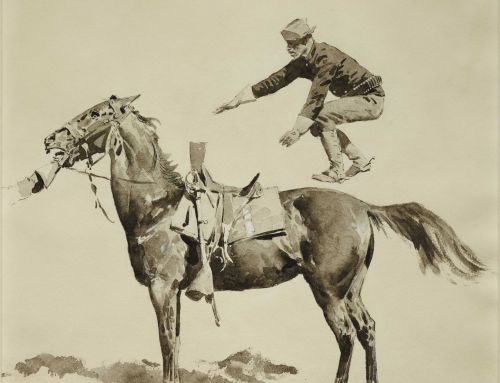
Leave A Comment